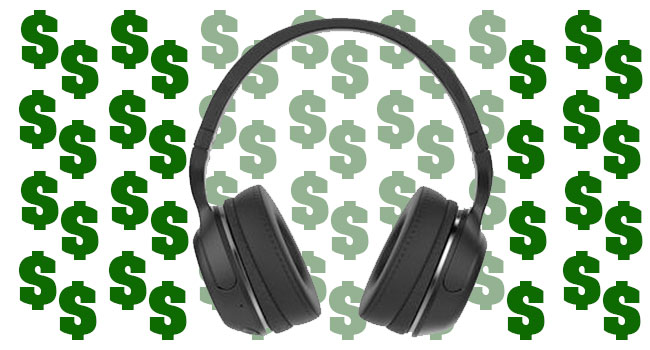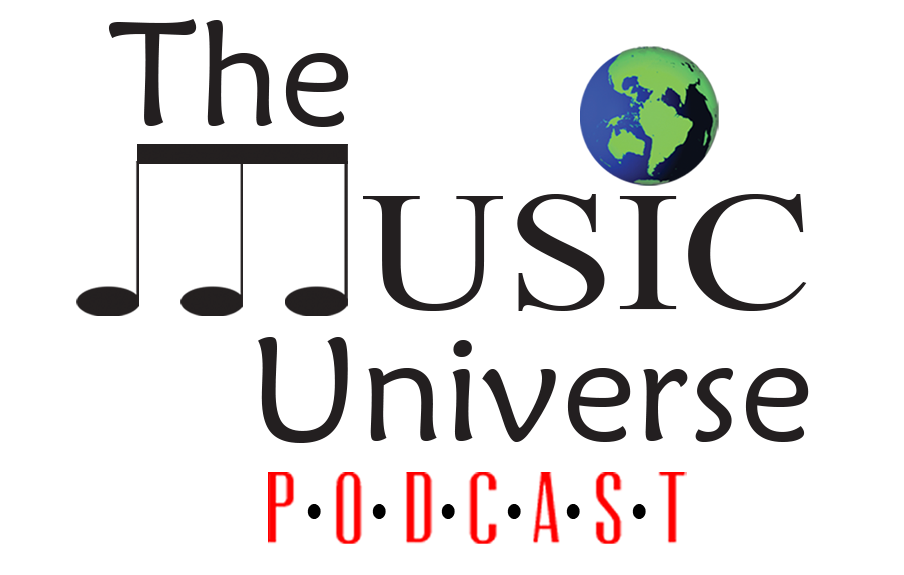European services Kobalt and Sounday ensure that artists receive 100% of royalties
Musicians today often feel like they can’t make great money, at least not like the “rich rock stars” of the later 20th century. The album format no longer yields riches because of streaming and digital downloads of single songs, and the royalties from those are, in turn, individually minuscule.
Music artists turn to getting bigger money from concerts and selling live recordings, only to discover that because of greatly increased prices for concert tickets competition for music lovers’ money is fierce. The biggest music artists need not worry, but new artists and less-popular ones stare down at perceived financial ruin.
But, in a report researched and assembled by Oliver & Ohlbaum Associates (O&O) and Analysys Mason and published by ReportLinker concerning the music business in nine major European markets, the evidence is that the new, 21st century music recording industry offers tremendous financial and creative opportunity to more musicians than the industry ever did in the past, and to labels, too.
It turns out that musicians are benefitting from the new social media and online sharing formats and norms which include publishing to YouTube, Soundcloud, and Vevo. More musicians can now reach a vaster audience because of lowered financial barriers to entry and near-zero marginal cost to release their recorded music, while privatized technologies including the UK’s Kobalt and Italy’s Sounday ensure that artists receive 100% of royalties due them in exchange for small fees.
Recording artists no longer need to hope and wait for labels to discover them and get them a single played on niche radio stations. The self-recording and publishing of music has never been easier or less expensive. The quality of the self-published, online-released works may be fairly low, but that’s analogous to the sharing of at-home-dubbed cassette tapes shared around liberally in the late 20th century which only served to make music lovers crave more and better quality material from the artists and want to attend their concerts, all of which they were willing to pay for.
Research by Joel Waldfogel into the US music market tells us that the total number of album releases increased from fewer than 8,000 in the year 2000 to nearly 10,000 in 2010. Why? Digital distribution. While there were almost no digital-only releases in 2000, ten years later they accounted for nearly 50% of total releases. Simultaneously, over that period album releases by major labels fell by more than 50%.
While YouTube and other music-publishing social media actually help traditional music labels with robust finances to identify and sign new talent, established artists can leverage them to their advantage, too. When Frank Ocean released his album, Blonde, directly to Apple Music, his share of total revenues rocketed from 14% to 70%.
For labels, we can look to data provided by the US Census Bureau which suggests that US music publisher expenses went down by nearly 50% between 2007 and 2010 but have been stable, overall, since then. Simultaneously, there was a decline in US music publisher revenues of approximately 10%, followed by a period of steady revenue growth into the present. Research also suggests that while total Artists & Repertoire (A&R) budgets have been stable ($2.8 billion) since 2009, at once the spending on music marketing has been reduced significantly ($2.2 billion in 2009 down to $1.7 billion in 2015).
At the time of the report’s writing, 38 of the 40 most viewed video clips on YouTube are music videos, while four of the five most-followed accounts on Twitter are those of musicians (anywhere from 68 million to 95 million followers). Meanwhile, Joel Waldfogel found that the proportion of the Billboard Top 25 appearing on the Billboard radio airplay charts fell from approximately 50% in the year 2000 to 28% in 2012.
Yes, musicians, and recording labels, can make serious money in the 21st century market. They just need to know how to adapt to new realities. And social media marketing.




